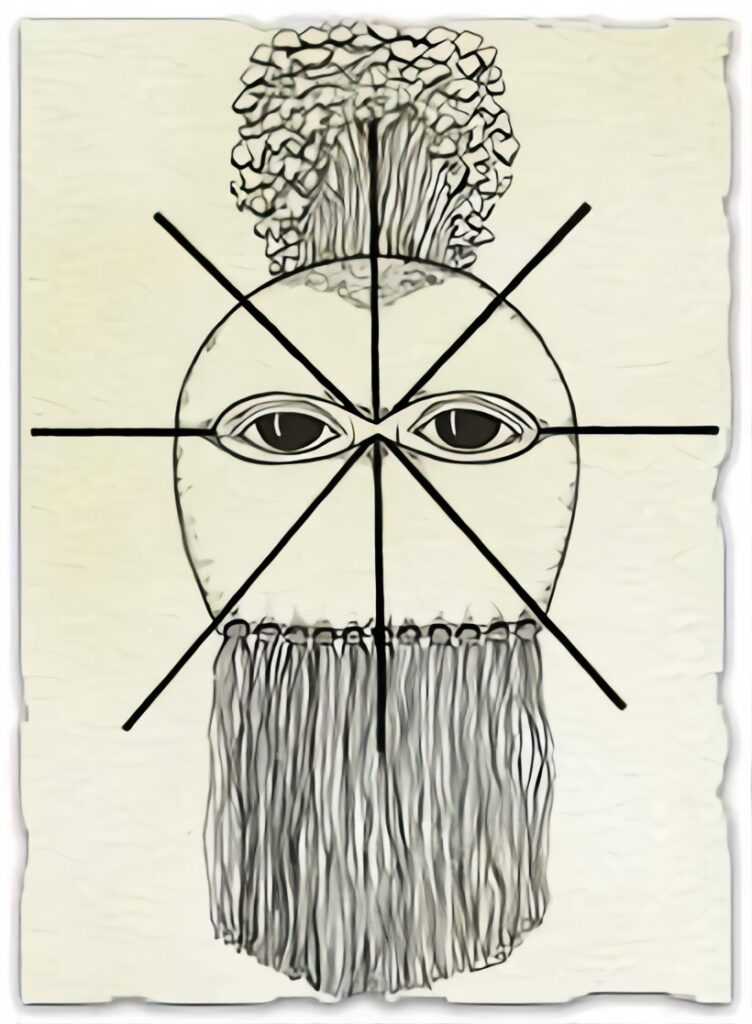
About the Hawaii Remote Viewers’ Guild
The Hawaii Remote Viewers’ Guild is a skill-based association of people interested in the Research and Development of Remote Viewing. The Guild, without prejudice, examines, studies, and evaluates Remote Viewing methodologies from the various schools of instruction. We intend to make every effort to understand the process of Remote Viewing as well as its application as a tool regarding targets of interest to the Guild.
We are committed to the study and training of Remote Viewing. The Guild is not formed to foster competition with established training organizations. The Guild is non-commercial and no funds are solicited from its members beyond those directly needed to facilitate training. No Guild member receives any salary or compensation for their support or participation. We hope that the Research and Development of this unique communication skill will help others to understand how and why it works.
Officers and Directors
President, Glenn B. Wheaton
Vice President, David Barnes
Treasurer, Phil Branch
Director, Maria Carmen-Naulty
About Remote Viewing
Remote viewing (RV) is a communication skill by which a person can perceive objects, persons, or events at a location distanced from them by either space or time.
About the Guild’s Remote Viewing Protocols
There are two stages to the RV process according to the Hawaii Remote Viewers’ Guild RV protocols. The first set of protocols (Stage 1-4) is a “semi-alert-state” collection platform in which the viewer subconsciously perceives various aspects of the target and records them themself on paper. The second set of protocols is a process in which the viewer relaxes and, through various exercises, enters an altered state of awareness (low Alpha – high Theta). In this state, the viewer is unable to record his own impressions, and a monitor is required to record the data. The monitor also asks questions about the data as previously collected by the viewer through Stages 1-4.
Note! All viewers are blind to the target prior to and throughout the session. At NO time has the viewer access to target-related information before the completion of the session. NO recording of additional data is allowed after the viewer has been briefed on the nature of the target. The monitor is ONLY allowed to ask questions about data from the viewer’s session or data that surfaces during the monitored period.
In the low Alpha – high Theta state, the viewer often experiences a “bi-location”, a phenomenon that causes the viewer’s awareness to migrate to the target location, causing the viewer to perceive the target in a full 3-Dimensional reality, in other words, the viewer sees the target as if they were actually there, able to see, hear, smell, taste, and touch at the target location. The viewer may also perceive the emotions, thoughts, and intentions of the people at the target location if present.
Remote viewing data is seldom 100% accurate, and the corroboration of data points between two or more viewers is required for that particular data item to be included in the final stages of analysis.
If several viewers are tasked to work on a common target, it is not unusual for them to perceive different aspects of the same target. This phenomenon is called Division Of Effort (DOE) and seems to occur when several viewers are tasked to work on the same target. One viewer may get information on the target on a very broad scale, while others may focus on one or two points of the target and describe them in great detail. Combining the viewers’ data produces a solid base of data across the whole spectrum of available information at the target site. This phenomenon is especially apparent in the data produced by the viewers for this particular project.
Note! All interactions between Monitor and Viewer are videotaped, and video clips may be included in the session presentation at a later date. Also, transcripts of the Post-Session interview (if available) will be posted as well. The Post-Session interview is conducted immediately after the last stage (S7 Annex B in this case) and PRIOR to session feedback. In other words, the viewer is still totally blind to the target during the whole Post-Session interview.